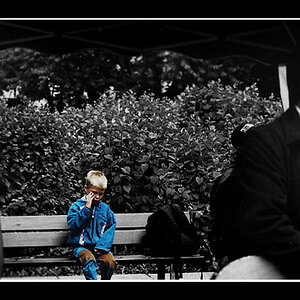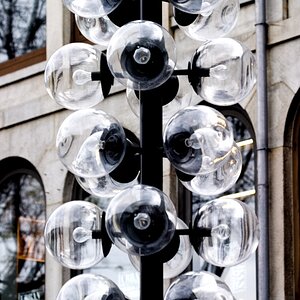prodigy2k7
No longer a newbie, moving up!
- Joined
- Apr 22, 2008
- Messages
- 1,668
- Reaction score
- 22
- Location
- California, USA
- Can others edit my Photos
- Photos OK to edit
Would a polarizer be bad for indoor portrait shots? it seems to darken the image a little, leading to slight underexposure...
In my personal experience its mostly good for outdoors only??
can anyone comment plz?
In my personal experience its mostly good for outdoors only??
can anyone comment plz?





![[No title]](/data/xfmg/thumbnail/31/31980-e5048a424621c7b3cd0d306d63c09d67.jpg?1619735137)
![[No title]](/data/xfmg/thumbnail/31/31979-ea92aca54ae865842d998c9cec534991.jpg?1619735137)







